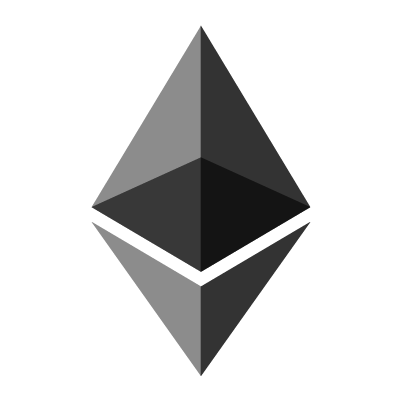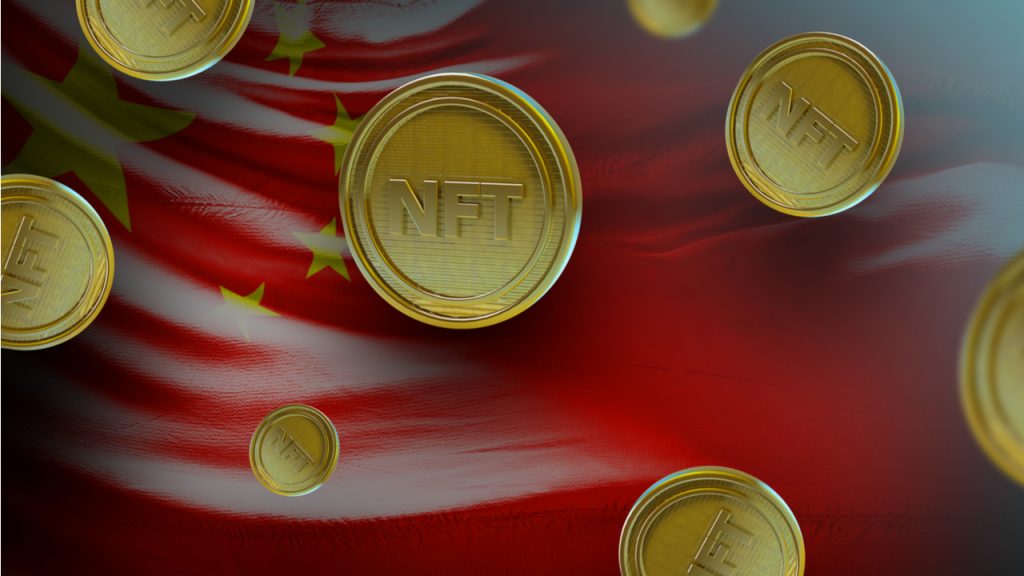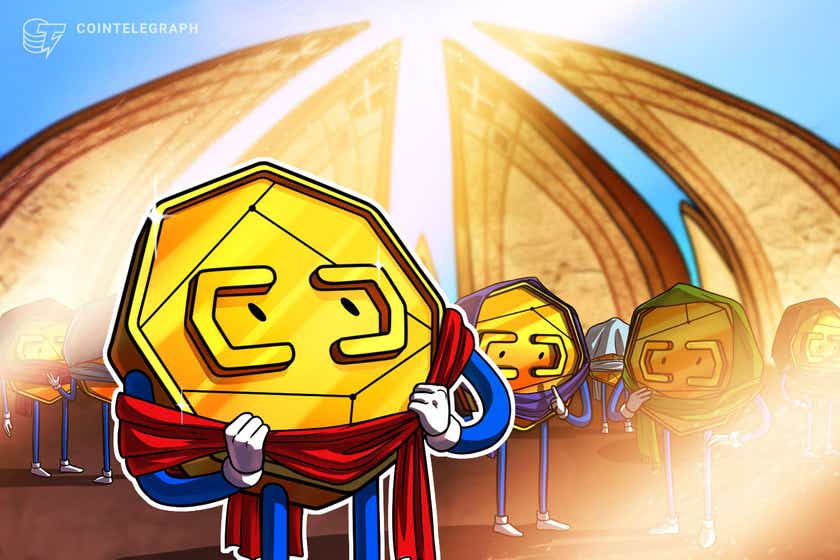Google Authenticator DOES NOT sync with your google acc! If your phone/device dies you are fucked. Make sure to backup your Google Authenticator keys on another phone/device or print the QR Code! (Guide)
Google Authenticator (GA) does not sync with your google account! If your phone dies there is no way to get your 2FAs back. You should backup your GA Account as fast as possible on another phone/device! This way the GA runs simultaneously on both devices. But to be prepared for the extreme situation…
Read more





